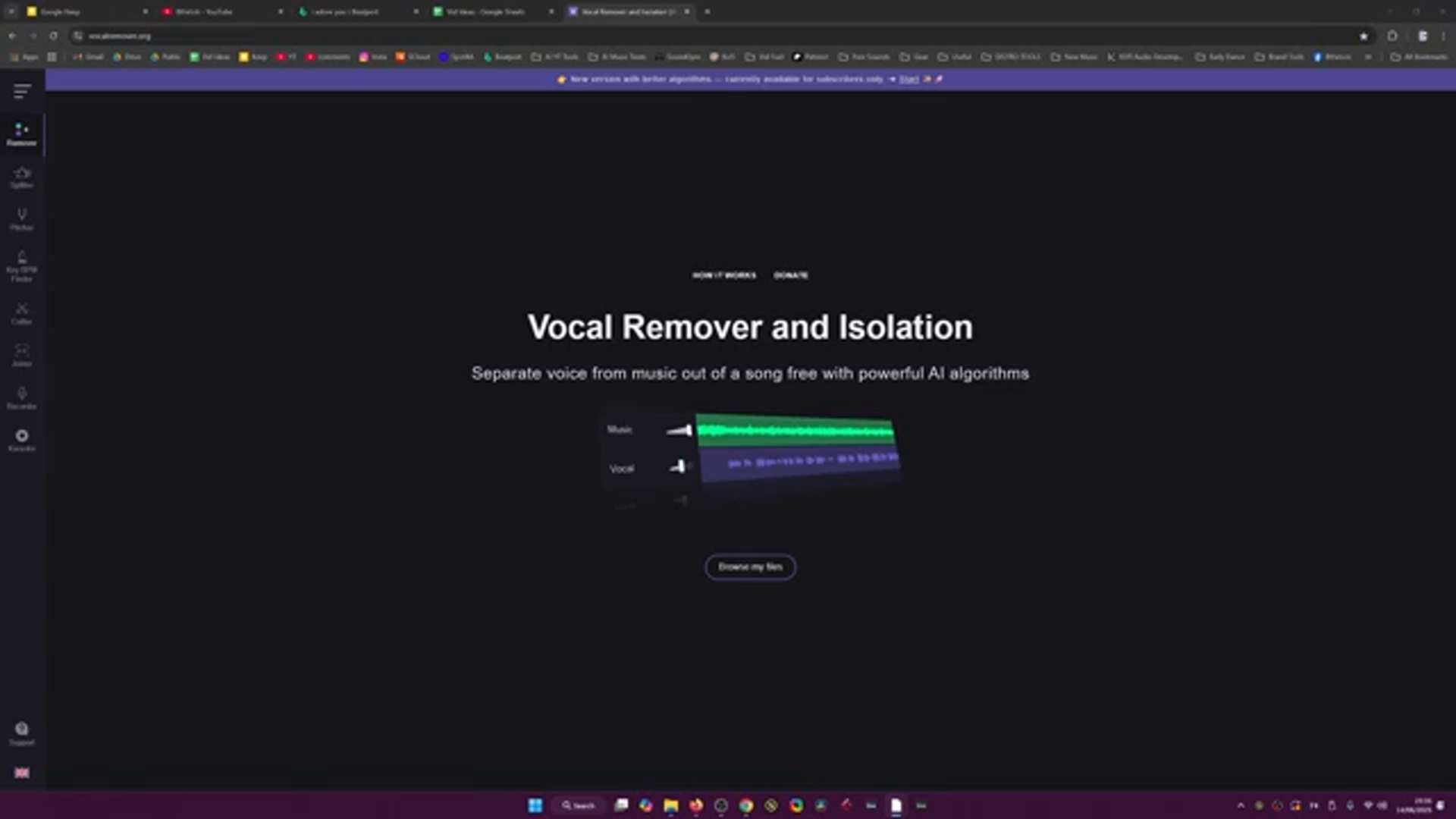Get ready to dive into the world of mashup magic with Bthelick’s down-to-earth tutorial on beginner-friendly remixing. No legal jargon, just pure beats and rhythm as Bthelick breaks down the essentials of creating those bootlegs that slap harder than grandma’s spoon!

Intro: Mashing Up the Beat
In the latest video from Bthelick, the focus is on guiding beginners through the art of mashup editing. It’s not about the high-end specs of studio gear, but about vibing with the musical flow. He sets the stage by assuming viewers already know their way around music software basics, like time-stretching and pitch-shifting. If these terms leave you scratching your head, this video might not be your starting point. But, if you’re ready to get groovy, Bthelick promises a ride that’ll get your tracks echoing in perfect harmony.
Harmony in Beats: Picking the Right Tracks
For a successful mashup, Bthelick emphasizes the importance of matching tempo, key, and scale between tracks. Like mixing the right ingredients for a perfect street food dish, these elements need to blend seamlessly. He illustrates the process with the example of Clementine Douglas’ vocals on a Calvin Harris track, aiming to fit it into a new mix without stepping on legal landmines. Manipulating tempo is often the preferred route over pitch adjustments, as it maintains the quality of the track. With clever use of modern software, even tracks that initially seem incompatible can be transformed into a harmonious mix.
Cutting-Edge Techniques: Acapellas and Instrumentals
Bthelick unveils a sweet hack for sourcing acapellas and instrumentals when they’re not commercially available: AI separation tools. These digital wizards can strip vocals from tracks as smoothly as a DJ spinning a mixtape. He stresses choosing WAV files over MP3s for the best sound quality—a tip as valuable as finding the perfect taco stand at a music festival. With the right tools, prepping your tracks becomes a seamless operation, allowing for spontaneous creativity in arranging the mashup beat.
Laying Down the Blend: Arrangement Strategies
In his detailed breakdown, Bthelick walks through arranging the mashup, mirroring the structure of backing tracks for a smooth blend. This is like arranging a killer live set—every placement of vocals or beats affects the overall vibe. He discusses aligning the vocal sections with the instrumental, ensuring they work together like a live band in perfect sync. By being creative with sections like choruses and verses, the mashup becomes a dynamic experience. Even when the original tracks don’t have matching structures, Bthelick’s approach ensures a polished final product, just like layering the perfect beat over a mixtape.
Mixing Magic: Avoiding Distortion and Blending Sounds
Bthelick dives into the technical side of effects and mixing, ensuring that added vocals don’t distort the mix. The tip about using a limiter to prevent clipping is as essential as knowing where the volume button is on a crowded dance floor. To combat distortion, he suggests using a virtual sidechain to duck audio around the kick drum, creating that classic club pumping sound. For backing tracks that are super busy with frequencies, Bthelick advises using Flora Light to carve out room for vocals. His insights into these technical tricks make all the difference between a track that slaps and one that flops.
Pitching and Tempo Tricks: Key Adjustments for Seamless Mashups
Pitch shiftin’ and tempo tweaking are Bthelick’s bread and butter for crafting seamless mashups. He explains the importance of subtle key adjustments, especially when tracks aren’t naturally compatible. Shifting keys too far can lead to quality loss, yet a little creativity, like adapting a vocal’s pitch rather than the entire track’s, keeps things fresh. This is akin to adding just the right amount of spice to a dish, making it pop without overwhelming. To keep it smooth, he advises sticking close to the original key and using formant adjustments when needed, ensuring the vocals maintain their natural tone.
Legal Beats: Staying on the Right Side of Remix Law
Before you hit play on your fresh mashup, Bthelick hits you with some real talk on the legal front, comparing mashups to sampling with all the copyright implications. For public performances, venues with licenses cover you, but uploading to platforms like SoundCloud could lead to trouble. It’s like selling bootleg mixtapes out of your backpack—cool until you get caught. Bthelick makes it clear: creating mashups for personal fun is one thing, but public sharing is a whole different beat. Ain’t nobody want those legal headaches, so play it smart and keep the groove legal.
Latest articles
Watch on YouTube:
https://www.youtube.com/Bthelick
Sponsored links:
If you purchase via these links, we may earn a small commission – at no extra cost to you.
🔗 Check price on Amazon